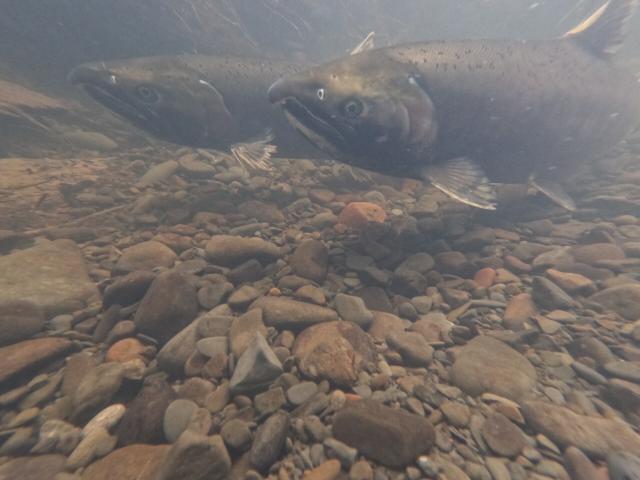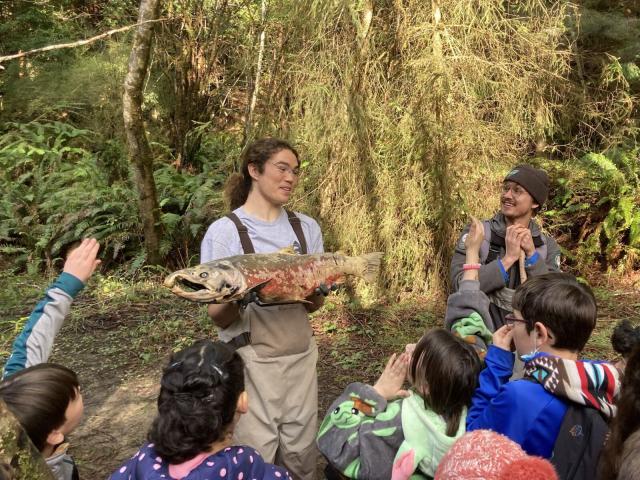Related Stories
- BLM California partners to secure America’s border
- Meet the Engineers: BLM California celebrates 2025 National Engineers Week by getting to know some of our finest!
- Honoring Excellence in Service: Ranger Perez Recognized as BLM California Ranger of the Year
- A good day for a wild burro named “Piper”
- How fuel breaks helped wildfire agencies contain the Grove 2 Fire in eastern San Diego County



